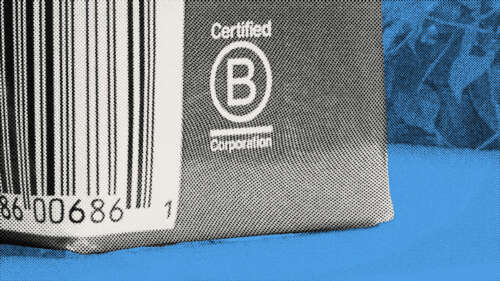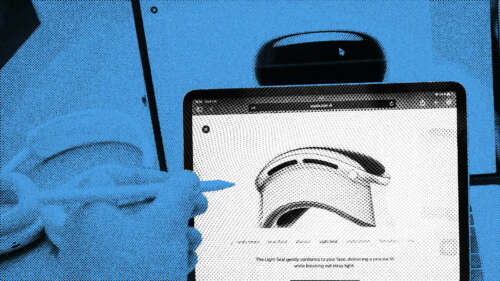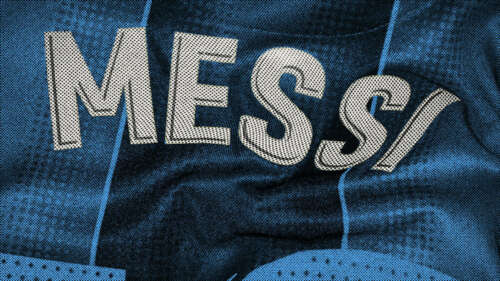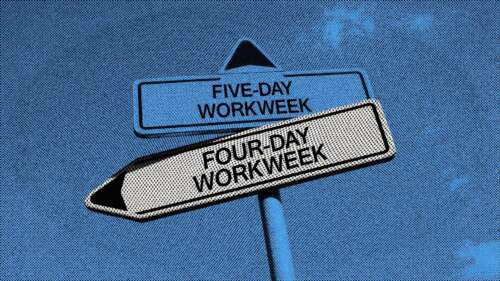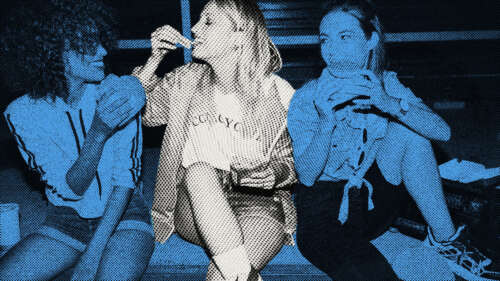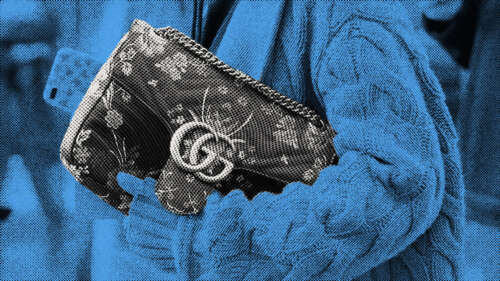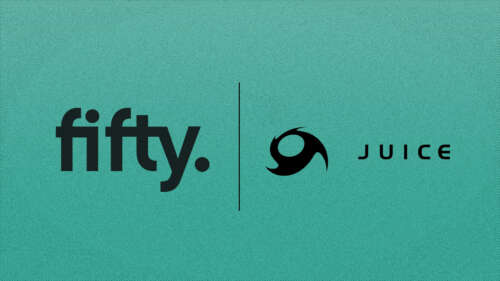They say that everything comes back in style. The nature of fashion runs in circles – in the repetition of old trends but also in the repurposing of preloved clothing. The business of reselling used fashion to new owners has been digitised for years, with mobile apps making it easier than ever to shop sustainably.
We set out to learn who takes part in circular fashion and the biggest players in the game across the US and UK. Who shops for preloved clothes and where? Is there a wider market in one country over another? We ran a competitive study across the several UK and US resale apps* to understand the landscape and the opportunities that lie ahead for the industry.
*UK apps we included are Depop, Ebay, Vinted, Vestiaire Collective and StockX. US apps included are Poshmark, Depop, ThredUp, The Real Real, Grailed and Mercari.
Various parallels were found across US and UK audience makeup:
US Digital Professionals & Innovators vs. UK Digital First Professionals:
These tribes are leaders in the digital world, following business news outlets such as Financial Times, Forbes and Ted Talks. Their top interests revolved around computer science, programming, and technology. While it’s clear that both groups are intertwined in the business world, there’s a split where we see UK audiences more interested in art & design and the US are skewed more towards technology and programming.
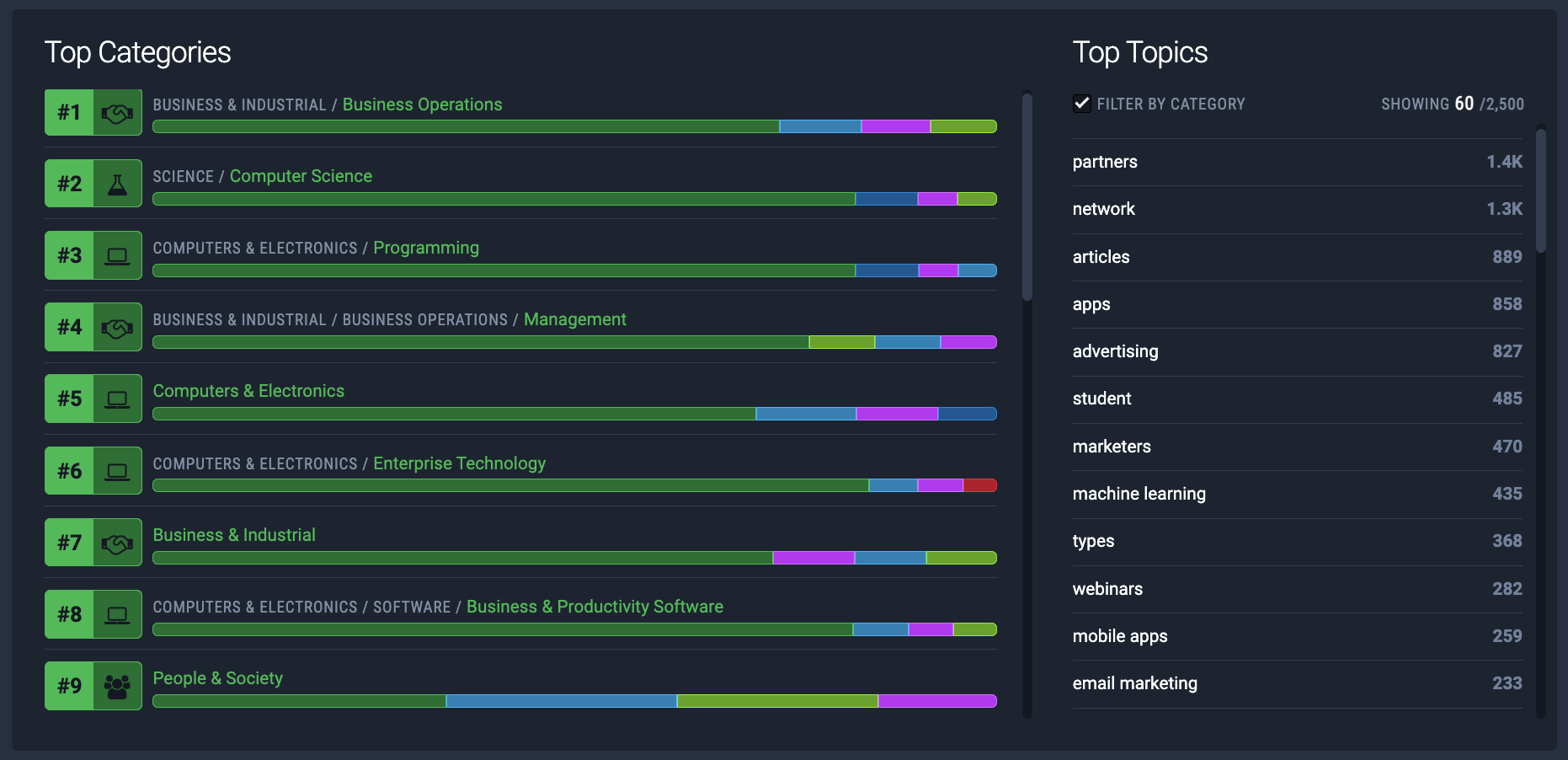
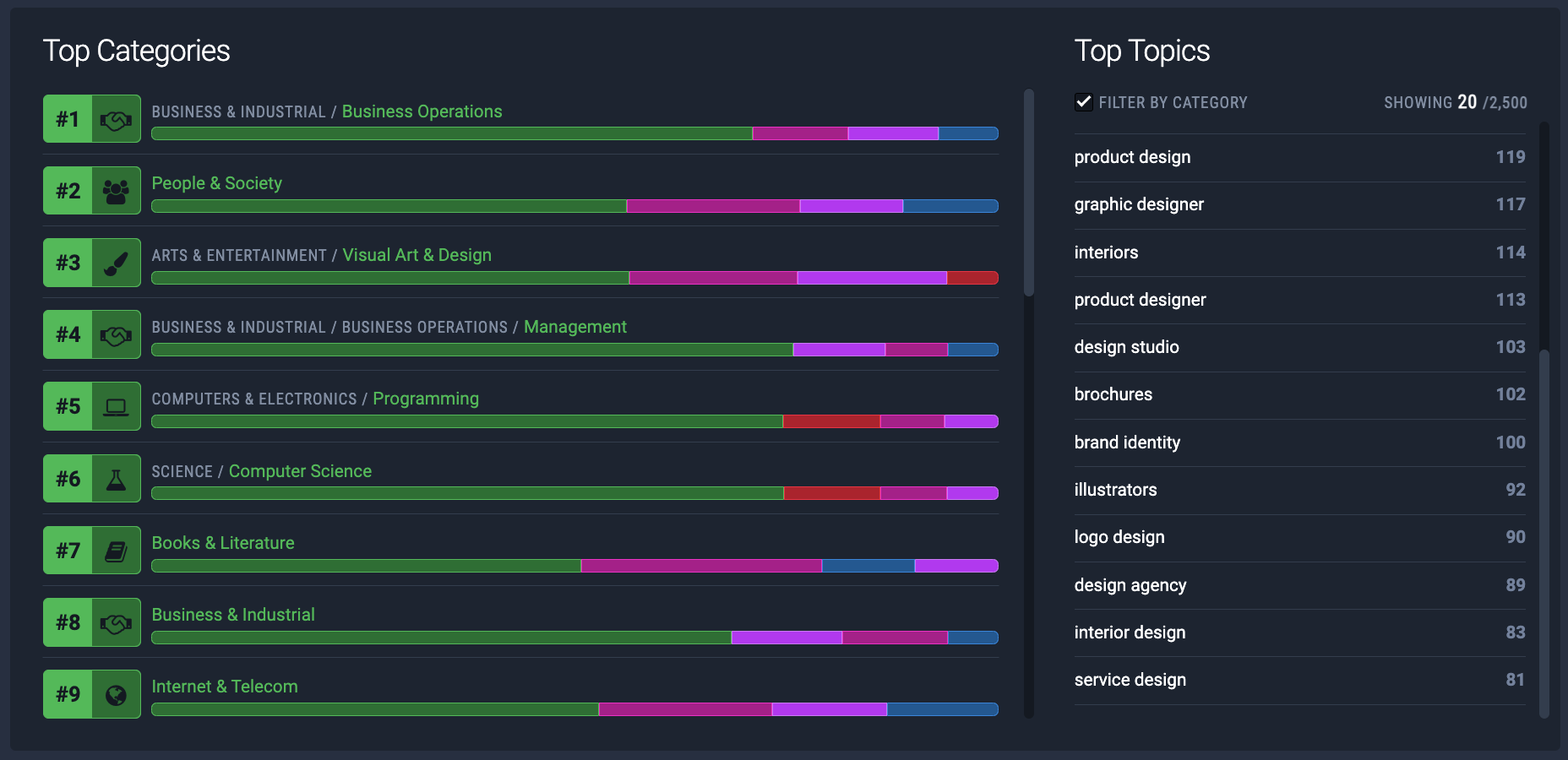
US Fashion & Culture Aficionados vs. UK Fashion & Beauty Insiders:
Both tribes are clearly knowledgeable and up to date on the latest fashion trends and brands. They follow a variety of high fashion brands and designers but you can see a difference in influencers based on the country. The UK Fashion & Beauty Insiders follow popular UK stores such as Harrods, Selfridges and Liberty, while US Fashion & Culture Aficionados focus on magazines and blogs like Glamour, Harper's Bazaar and Vanity Fair.
US Sports Entertainment Fans vs. UK Pop Culture Enthusiasts:
Our largest tribes in both the UK and US, these groups are both fully entrenched in the world of pop culture. They’re highly interested in sports, television and various types of music such as hip hop, rock and pop. The UK tribe is made up of mega sports fans, following their favourite teams and the US tribe is focussed on the newest artists on the scene. These tribes have their finger on the pulse of what is trending and brands will want the attention of both to secure their spot in the global market of circular fashion.
In the wider competitive landscape of preloved clothing apps, we found key insights around the market.
1. Every App has its main audience:
The Real Real & Vestiaire both sell designer/high fashion items, meaning there is typically a higher price point. The top tribes engaging with these apps are the professional groups: Fashion & Culture Aficionados, Digital Professionals, Millennial Professionals. It’s likely their job seniority offers more disposable income to use on higher priced items or that their roles that they’re looking to invest in high quality items that will last in their careers.
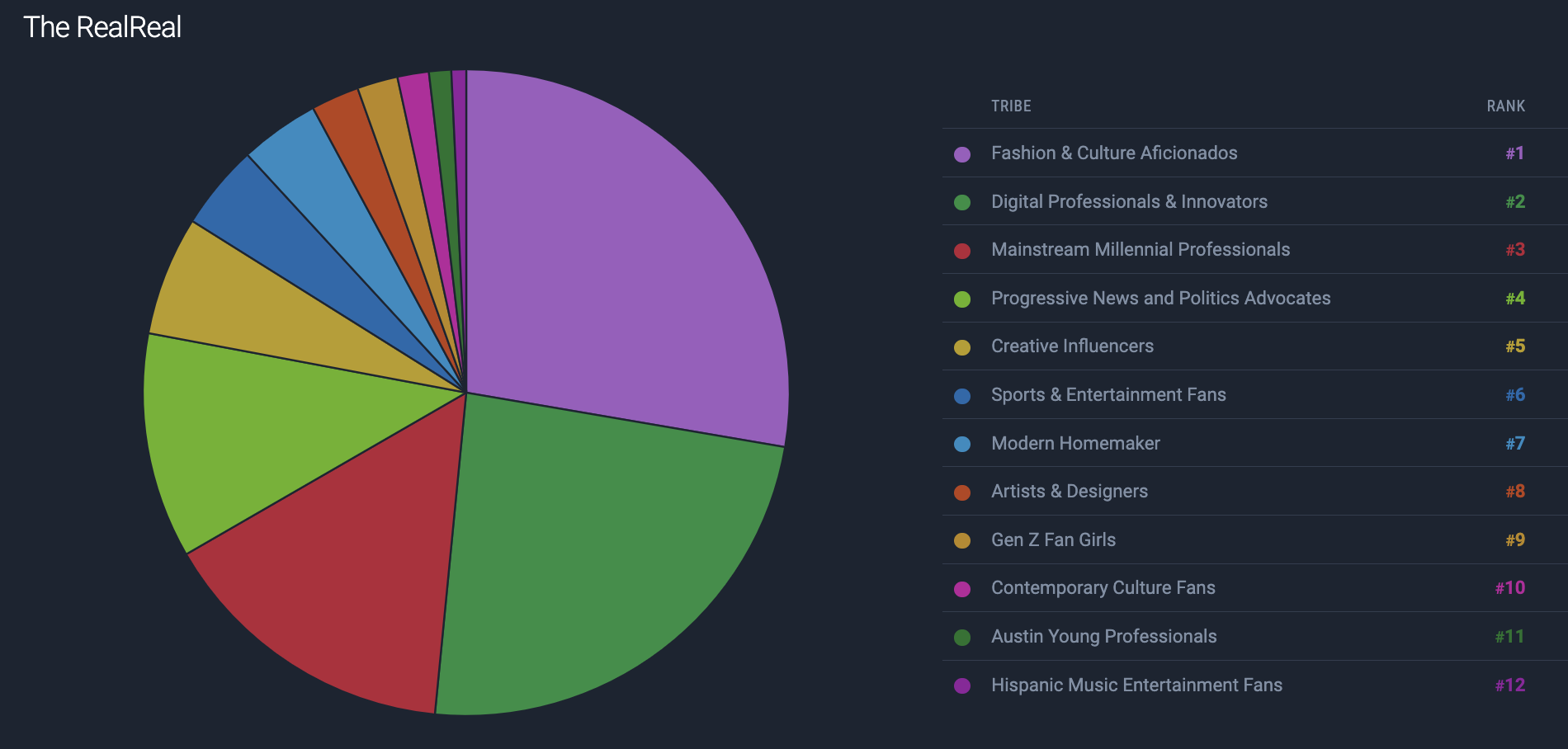
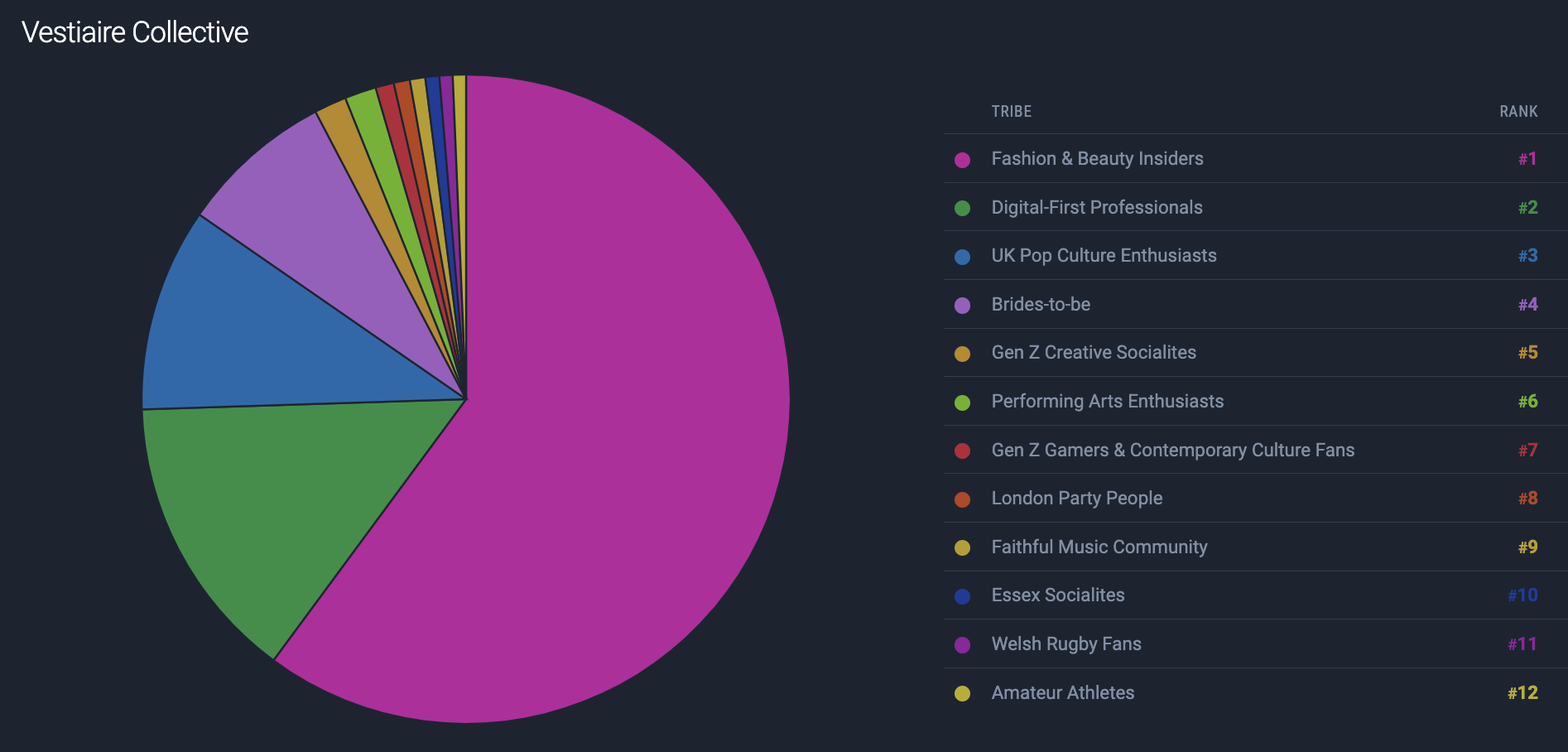
Depop has a heavy Gen Z tribe in both the US & UK. This crowd follows the biggest trending names in pop culture (actors, musicians, internet personalities) with a heavy interest in the music industry. They’re up to date on the latest trends aligning them to an app that allows them to cycle through trends quickly, affordably and in a more sustainable way than buying brand new.
StockX has an overwhelmingly large proportion of Gen Z Gamers. This crowd skews on the younger side, following trending music artists such as Stormzy and Kendrick Lamar while top interests revolve around gaming. StockX’s product line of trading cards is likely appealing to this crowd over clothing-exclusive apps.
2. Leading Market:
Looking across the UK landscape, there is a higher percentage of mainstream audiences using preloved clothing apps when compared to the US, suggesting circular fashion is more commonly used or widely known here. This means that new brands entering the UK market may have more opportunity for growth but could also face more competition when getting in front of the right audiences. In order to successfully engage future customers, it's imperative to go beyond the surface and understand the granular details behind an audience for personalised targeting.
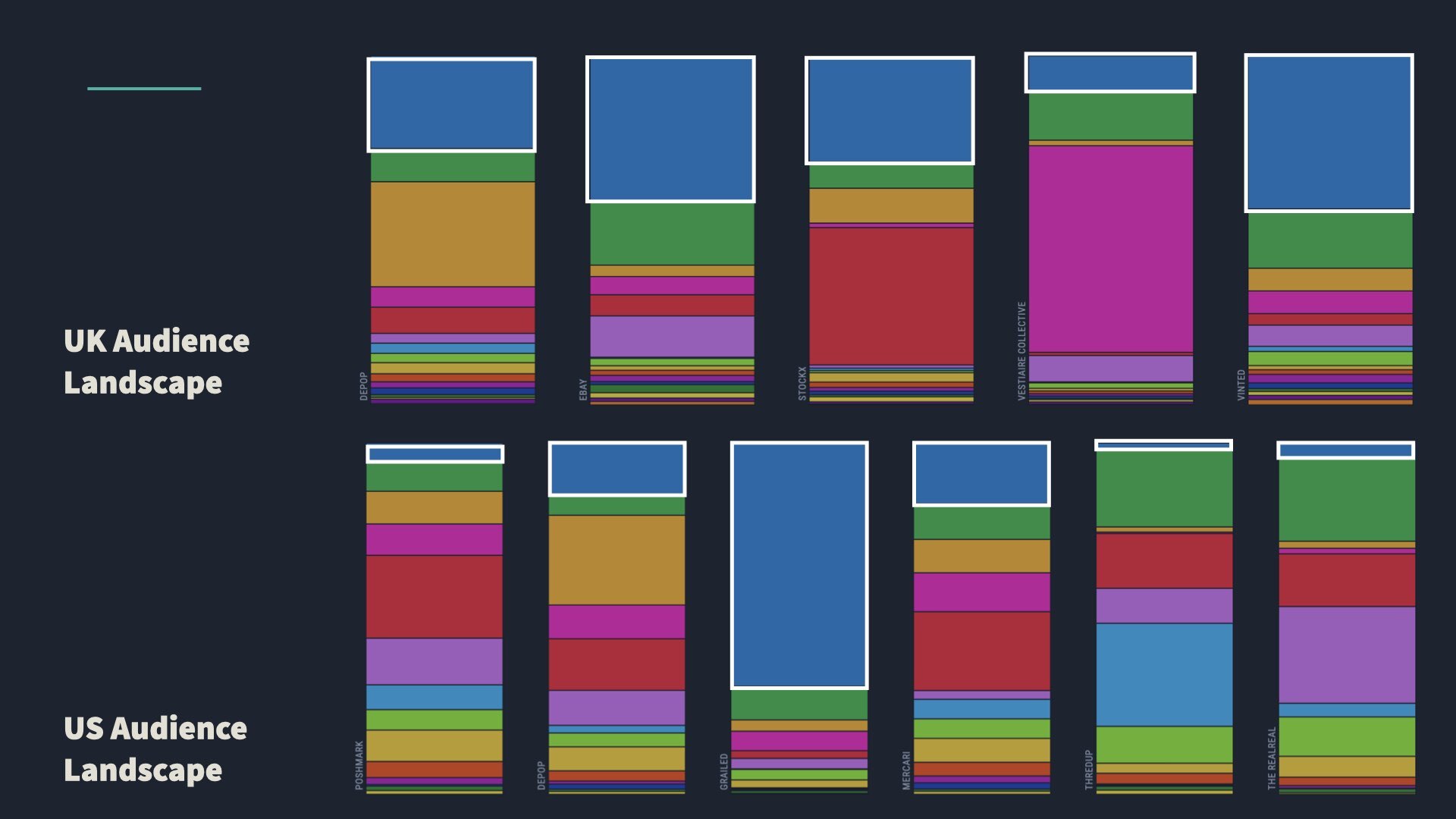
3. Opportunity for global expansion:
The parallels in the UK and US tribes above speak to a large opportunity for global growth for brands in the preloved space. The similarity in the tribes allows for an easy growth audience in other countries, for example Depop has already made its way to the UK, with Gen Z remaining a top tribe overall.
However, while it is to be expected that there is overlap given the similarity of the fashion apps, it's still important to avoid taking a one-size-fits-all approach in marketing. Our insights prove that despite commonalities, there are clear differences in the tribes that need to be tailored to for truly effective advertising.
Conclusion:
From our study it’s clear to see that there is something for everyone when it comes to shopping for preloved fashion. With sustainability becoming an ever-present factor in the fashion industry, it’s safe to assume that the market will only become bigger. For both reasons, preloved vendors will need to truly understand who their customer is in order to successfully weave through the competition and stay in front of key audiences.
Fifty specialises in helping brands understand their current and future audiences, get in touch today to see how we can help you.








